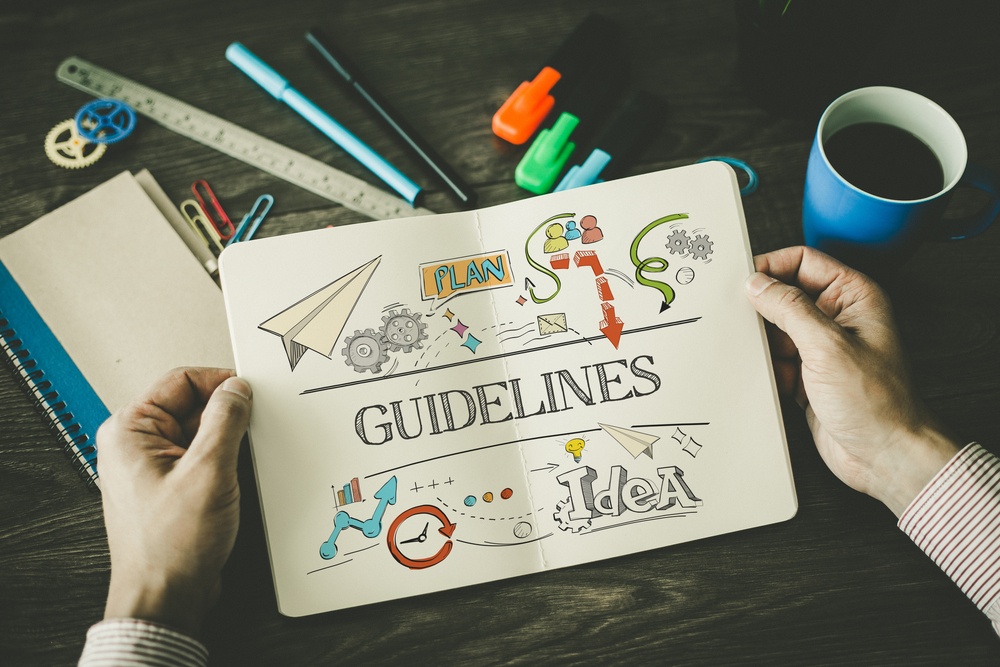When asked to list their biggest frustrations with authors, most editors would put “not following author guidelines” at or near the top. I’ve commiserated many times with my colleagues about this problem, and one of the questions that comes up is why don’t authors read—and follow—the guidelines (often referred to as “information for authors”)?
One answer may be that authors don’t understand the purpose of the guidelines. Think of author guidelines as the policies and procedures for the journal. Before you perform a new clinical procedure, you read the related policy or procedure to ensure you’re doing it right. Similarly, if you haven’t written before, you’ll want to read the author guidelines to ensure you write and submit your article correctly. And if you switch from one organization to another, you still refer to the new organization’s policies and procedures to ensure your clinical practice is in alignment with them. That’s why it’s important to read the author guidelines for each journal you submit to. Don’t assume that Journal A will have the same requirements as Journal B.
Although the specifics will differ, the good news is that the types of information you’ll find in the guidelines are similar, including the kinds of topics the journal publishes and its departments (keep in mind that editors are often on the lookout for articles that will work for their departments, which are published on a regular basis), format to use for references, length of the manuscript, and how to submit the manuscript and accompanying tables and figures.
You’ll also find the following in the author guidelines:
- Whether the journal adheres to certain standards related to the type of manuscript you are submitting. For example, some journals recommend using the Standards for Quality Improvement Reporting (SQUIRE) guidelines for quality improvement reports.
- Editorial standards the journal adheres to. For example, American Nurse Journal follows the International Committee of Medical Journal Editors guidelines for authorship.
- What happens to your manuscript after submission, including the peer review process, and, if your article is accepted, the editing process.
Even authors who understand the value of the author guidelines may find them intimidating. They can contain an overwhelming amount of information. That’s why at American Nurse Journal, we added photos and examples to our author guidelines to make them easier to review. We don’t want you to become discouraged by lengthy text that makes the publication process seem more complicated than it is.
Following the author guidelines doesn’t guarantee your article will be accepted for publication. But following the guidelines can help avoid an automatic rejection such as may be the case when you submit a manuscript that doesn’t adhere to the journal’s topic focus or is much longer (or shorter) than what the journal typically publishes. Following the guidelines also helps you avoid delays. For example, some journals will delay sending your manuscript for peer review until you correct the reference format.
I hope I’ve convinced you of the importance of author guidelines. You can find our guidelines here. Let me know if there are ways to make them more helpful.
Happy writing!
For more information, see Anatomy of Writing for Publication for Nurses, 3rd ed.



















